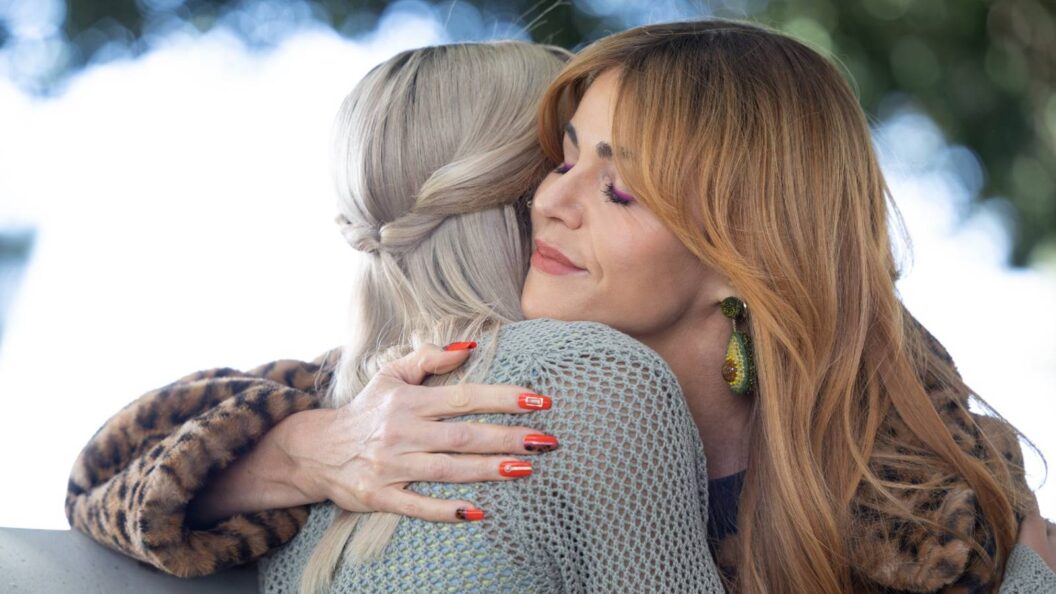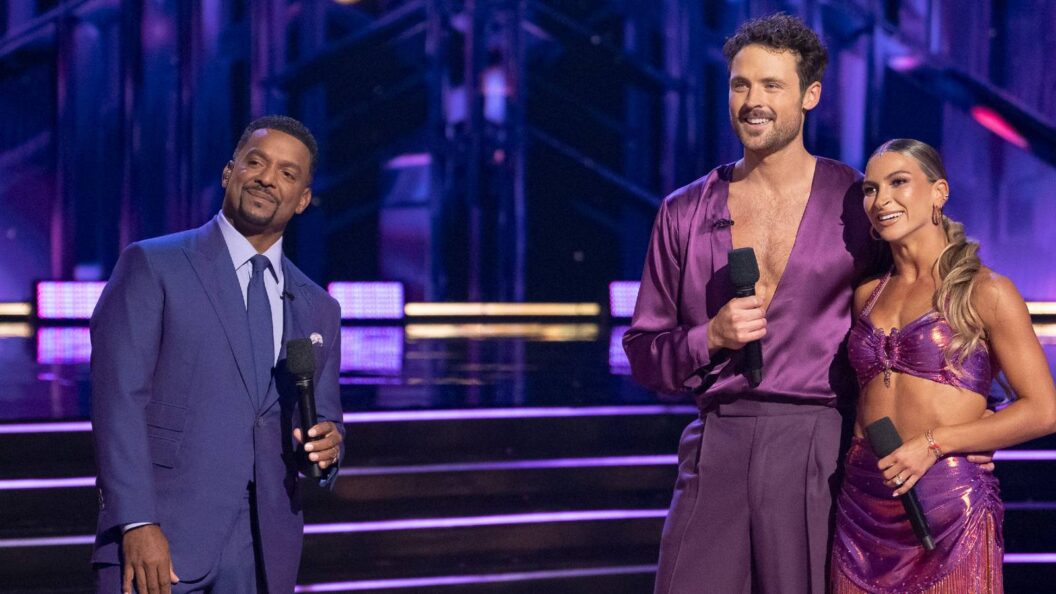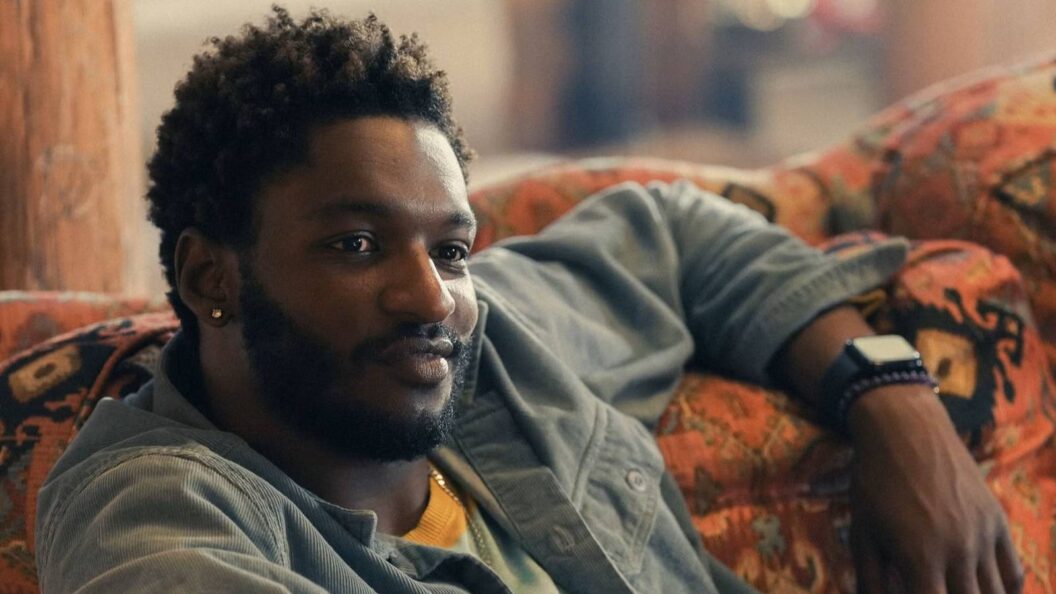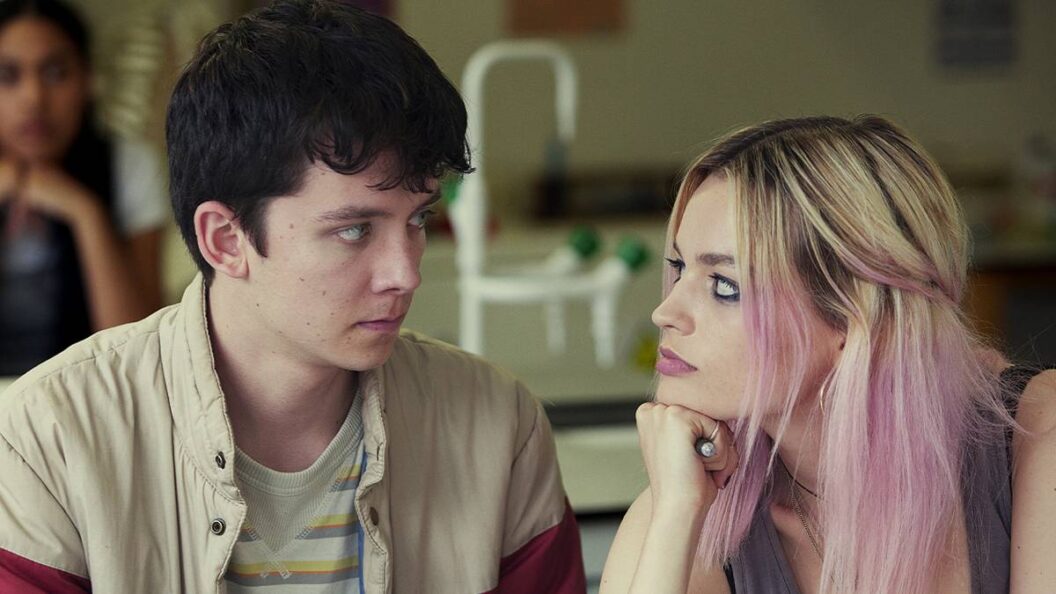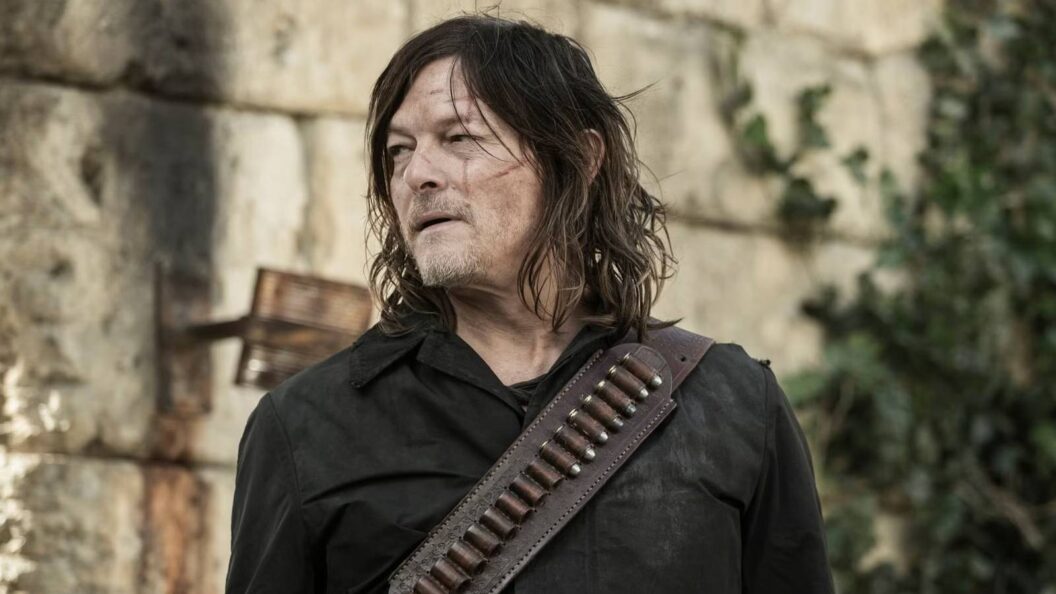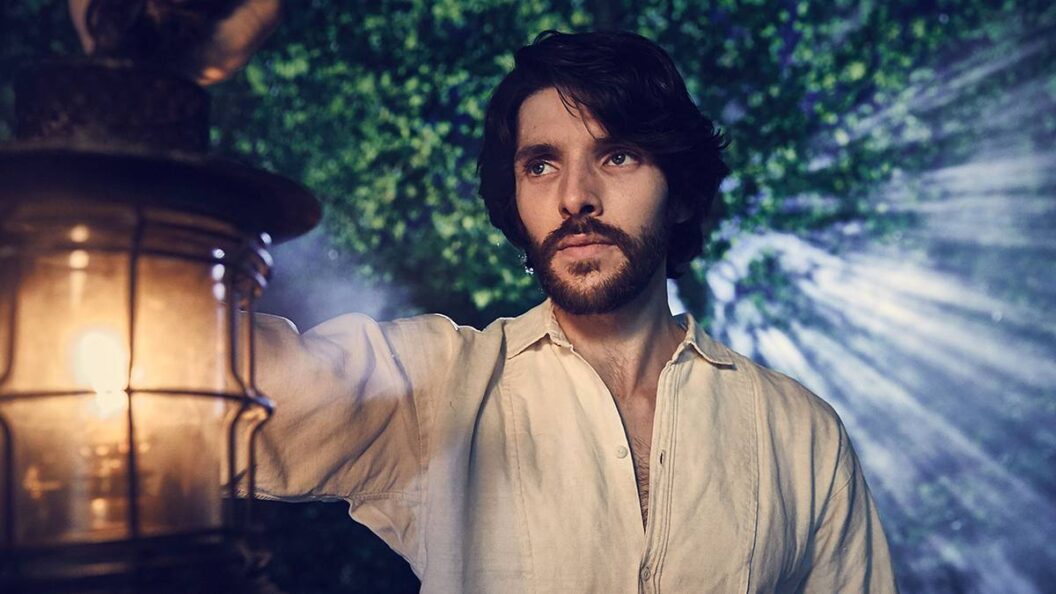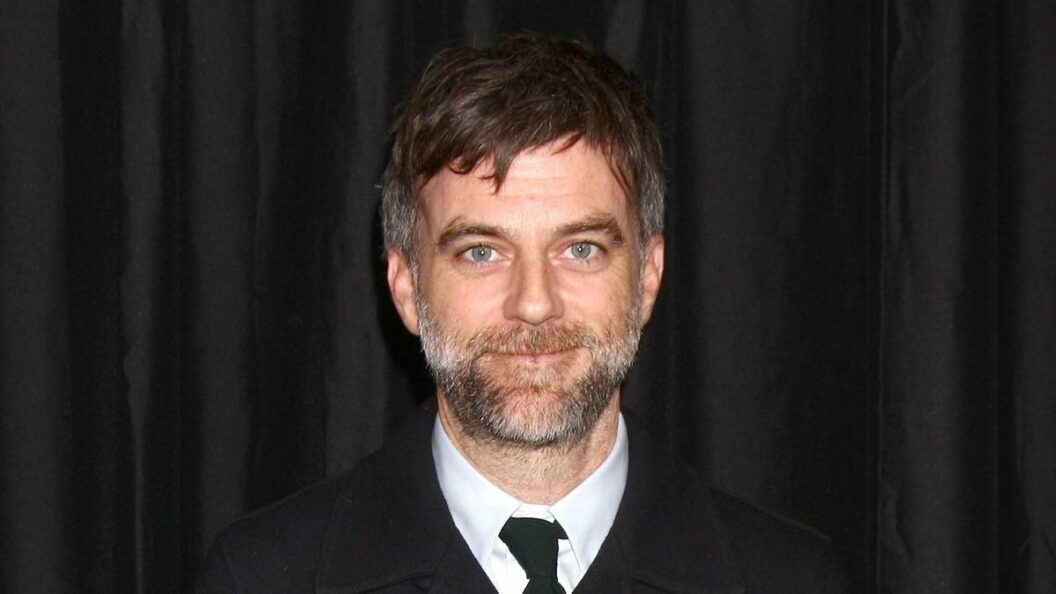"High Potential" Season 2: Episode 3 Review
In the latest episode of "High Potential," titled "Eleven Minutes," the series returns to its compelling case-of-the-week format after the dramatic two-part season premiere. The episode revolves around the investigation of Nathan Gould’s murder, presenting a gripping narrative that intertwines familial betrayal, secrets, and moral dilemmas.
Investigating Nathan Gould’s Murder
The episode opens with the chilling murder of Nathan Gould, played by an unnamed actor. He is found dead in a restaurant while waiting to meet his daughter, Jessica. Detective Morgan (portrayed by Kaitlin Olson) and her partner, Adam Karadec (Daniel Sunjata), delve into the circumstances surrounding Nathan’s death. The paramedics reveal that Nathan had been treated multiple times for “suspicious injuries,” leading Morgan to suspect foul play.
Morgan uncovers a trail of secrets, including Nathan’s gambling addiction and substantial debts. A key revelation is that Nathan had made his loan shark, Ray, the beneficiary of his life insurance policy before his death. During the investigation, Morgan learns that Nathan planned to end his life to provide for Jessica, his daughter, due to his financial troubles. This overarching theme of sacrifice serves as a poignant reminder of familial bonds.
Emotional Struggles of Morgan and Ava
Alongside the murder investigation, the episode explores Morgan’s emotional turmoil regarding her friend Ava’s relationship with her estranged father, Roman Sinquerra. Morgan grapples with the burden of withholding information from Ava about Roman’s recent whereabouts in Nevada. After receiving advice from Karadec, Morgan ultimately shares this information with Ava, who reacts with anger and disappointment when she learns Roman has not been the supportive figure she hoped for.
In a surprising turn of events, Ava is arrested for vandalizing a mural dedicated to Roman, leading to an unexpected moment of solidarity between the two women. Their struggles reflect broader themes of abandonment and the longing for closure in interpersonal relationships.
The Shocking Twists of Nathan’s Death
As the investigation unfolds, Morgan uncovers a chilling motive behind Nathan’s murder. It turns out that Nathan was killed for his heart, which was intended for another patient. However, this patient had ties to a powerful billionaire, Carson Wood, whose unethical influence over the hospital system creates a moral quandary regarding the allocation of life-saving resources.
Ultimately, Morgan connects the dots and learns that Nathan had initially intended to donate his heart to the mother of a paramedic who had befriended him, showcasing the episode’s exploration of sacrifice. This revelation adds layers to the narrative, highlighting the consequences of desperation navigated through the dark alleys of personal relationships.
Conclusion and Significance
"High Potential" Season 2, Episode 3 offers a rare combination of procedural drama and emotional resonance. The narrative’s complexities underscore the relationships that define our existence, drawing viewers into the intertwined lives of Morgan, Ava, Jessica, and Nathan. The shocking plot twists prompt reflections on the ethics of organ donation and familial loyalty.
As the episode closes, viewers are left to ponder the difficult choices between duty and love, sacrifice and forgiveness. The series continues to air new episodes on Tuesdays at 10:00 P.M. EST on ABC, ensuring that audiences remain engaged in both the investigations and the characters’ evolving stories. With the series navigating through intense themes, it provides a rich ground for discussion on the moral dilemmas faced by its characters.



